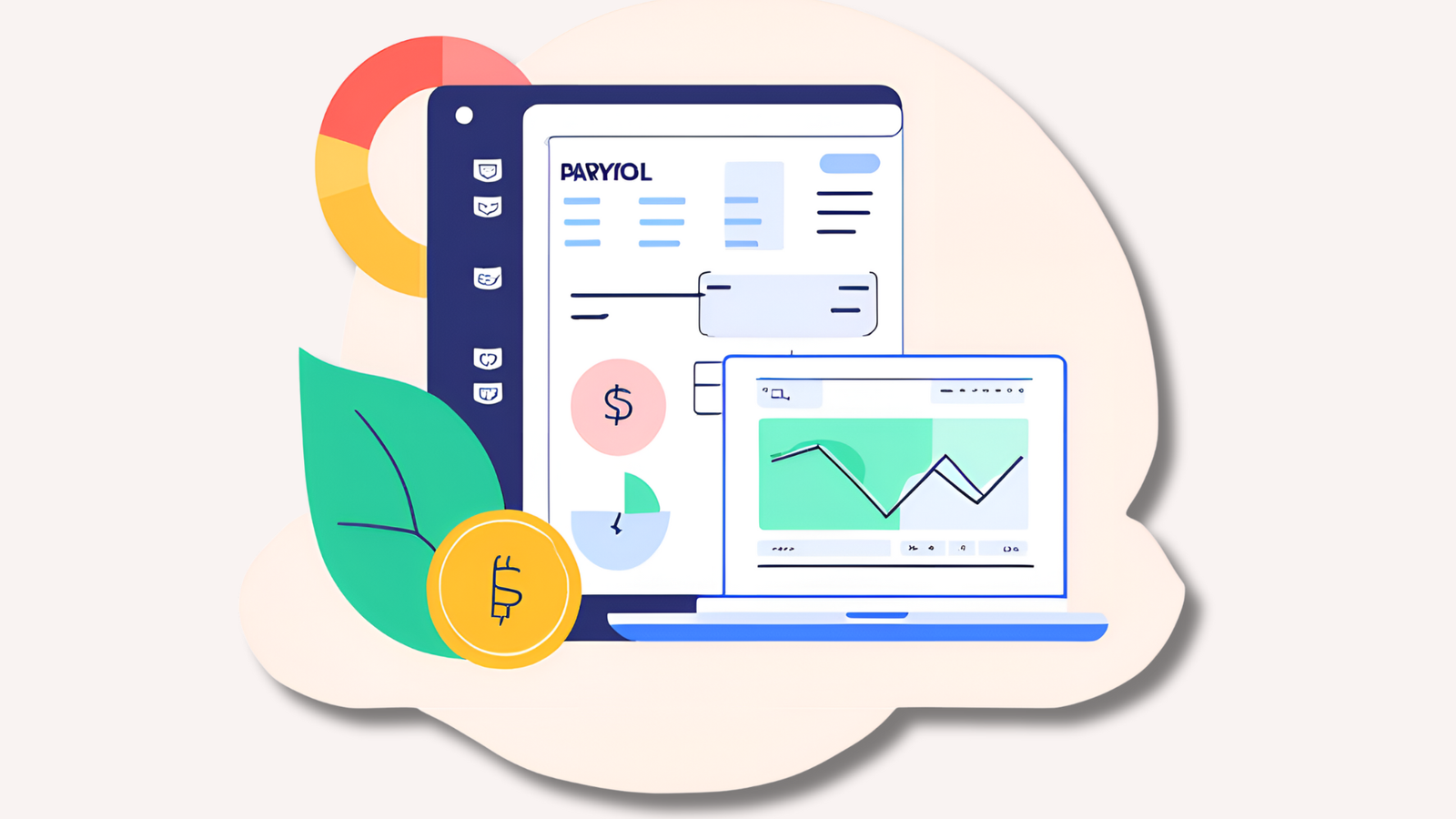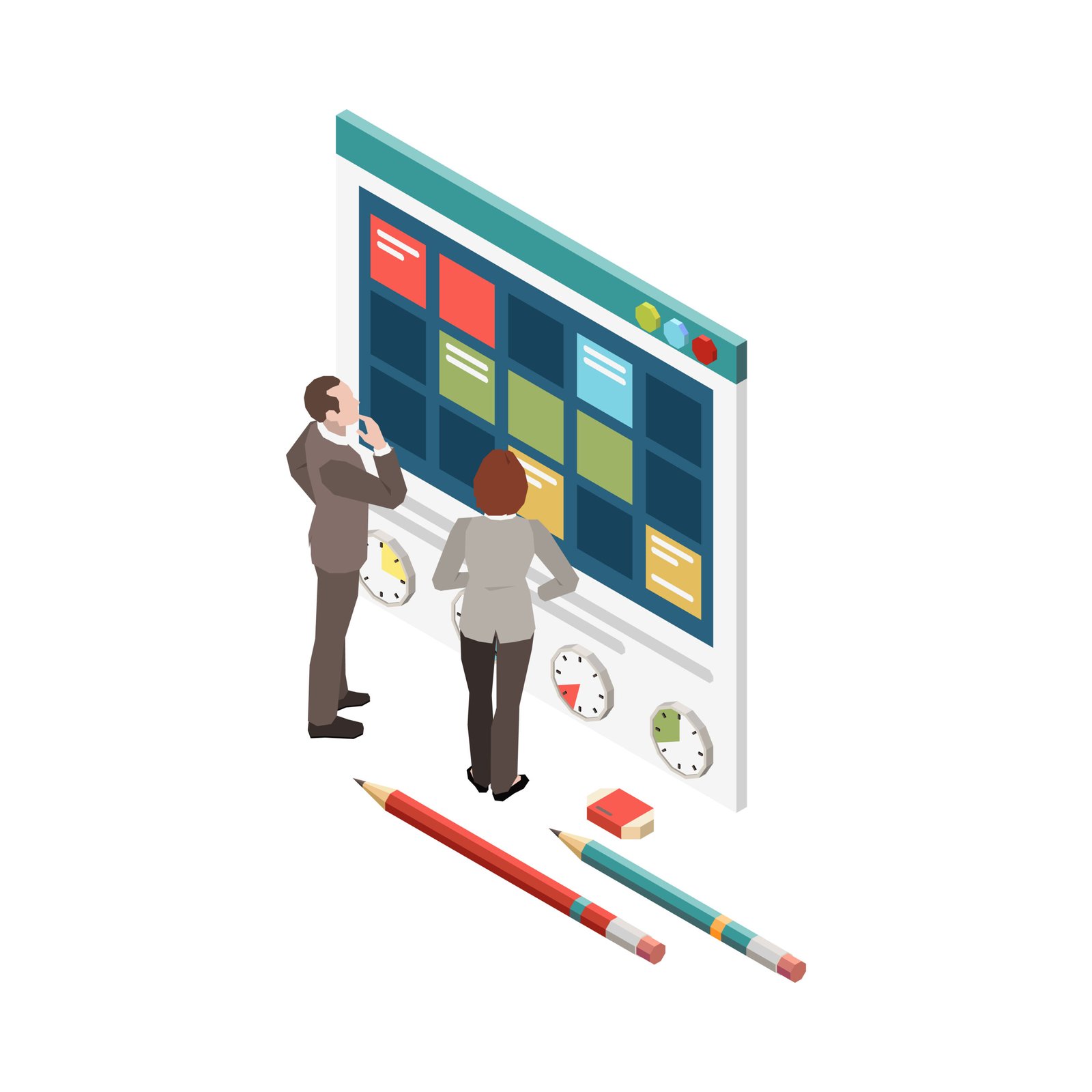Integrating your payroll system with other HR and financial tools can bring immense benefits, like streamlined operations, reduced errors, and improved compliance. However, the path to achieving seamless Payroll Software Integration isn’t always smooth. Many businesses face hurdles that can disrupt workflows, delay implementation, or compromise data integrity.
If you’re planning a payroll integration or struggling with your current setup, this comprehensive guide will walk you through the most common challenges and how to tackle each one with confidence.
Why Payroll Software Integration Matters
When your payroll system seamlessly connects with HR, accounting, and time-tracking tools, you save time, reduce errors, and boost employee satisfaction. Payroll Software Integration automates repetitive tasks, improves data accuracy, and ensures compliance with legal and tax regulations.
It also supports better decision-making through real-time reporting and analytics. But despite these benefits, many businesses underestimate the complexities involved in integration.
Common Challenges in Payroll Software Integration
Data Inconsistency and Format Mismatches
- Different systems often use varied data formats (e.g., date formats, employee IDs, or naming conventions).
- This can lead to incorrect data mapping, causing errors in payroll calculations.
- Example: One system might record dates as MM/DD/YYYY while another uses DD/MM/YYYY.
Lack of Real-Time Data Synchronization
- Delayed or batch data updates can lead to outdated information.
- Real-time synchronization is critical for dynamic workforces, especially with remote teams or contract workers.
- Without it, payroll errors and missed deadlines are more likely.
Security and Compliance Risks
- Payroll data includes sensitive personal and financial information.
- Any breach can lead to legal consequences, fines, and reputational damage.
- Non-compliance with regulations like GDPR, HIPAA, or local tax laws is a significant risk.
Compatibility with Legacy Systems
- Older HR or financial systems may not support modern APIs.
- This makes integration difficult or requires expensive custom development.
- Legacy systems often lack documentation, increasing troubleshooting time.
Inadequate Vendor Support and Documentation
- Poor vendor communication can delay your project.
- Lack of clear documentation or sandbox environments can create blind spots.
- Relying on trial and error increases integration time and costs.
Change Management and User Resistance
- Employees might resist new tools due to lack of training or fear of job displacement.
- Miscommunication can cause misunderstandings about how the new system works.
- Without stakeholder buy-in, implementation can stall or fail.
Scalability and Flexibility Limitations
- As your company grows, your integration should scale too.
- Fixed, rigid systems might not support new use cases, currencies, or geographies.
- A lack of flexibility can result in having to redo the integration later.
How to Overcome These Payroll Integration Challenges
Standardize and Clean Your Data
- Conduct a full audit of current payroll, HR, and finance data.
- Normalize data formats across all platforms before integration.
- Create data governance rules that ensure long-term consistency.
Choose the Right Integration Method
- Consider APIs, middleware, or pre-built connectors depending on your tech stack.
- Use scalable and modular architecture to enable easy updates.
- Test the integration with small datasets before full rollout.
Ensure Data Security and Compliance
- Implement encryption for data at rest and in transit.
- Use access controls and audit trails to monitor data usage.
- Stay up to date with changing compliance laws.
- Partner with experts who specialize in secure Payroll Software Integration.
Conduct Compatibility Checks
- Identify system constraints and legacy limitations early.
- Use integration platforms that offer backward compatibility.
- Simulate end-to-end workflows in a testing environment.
Prioritize Training and Support
- Develop clear documentation and training materials for users.
- Offer interactive training sessions and Q&A forums.
- Assign integration champions to advocate for the new system.
Build for Scalability from Day One
- Choose solutions that allow modular additions like new locations or departments.
- Ensure the integration can handle increased transaction volume.
- Consider future needs such as AI-driven insights or global payroll.
Final Thoughts: Making Payroll Integration a Success
Payroll Software Integration is not just a technical challenge; it’s a strategic initiative that impacts your entire organization. By understanding the common pitfalls and proactively addressing them, you can ensure a smooth and successful implementation.
The key is to start with a clear strategy, invest in the right tools and partnerships, and continuously monitor performance. Whether you’re upgrading your system or integrating for the first time, focus on scalability, security, and user adoption.
Done right, payroll integration becomes a powerful asset—not a headache.
Also Read
Why India is a Global Hub for Mobile Application Development


